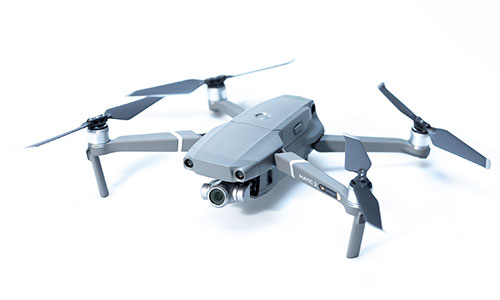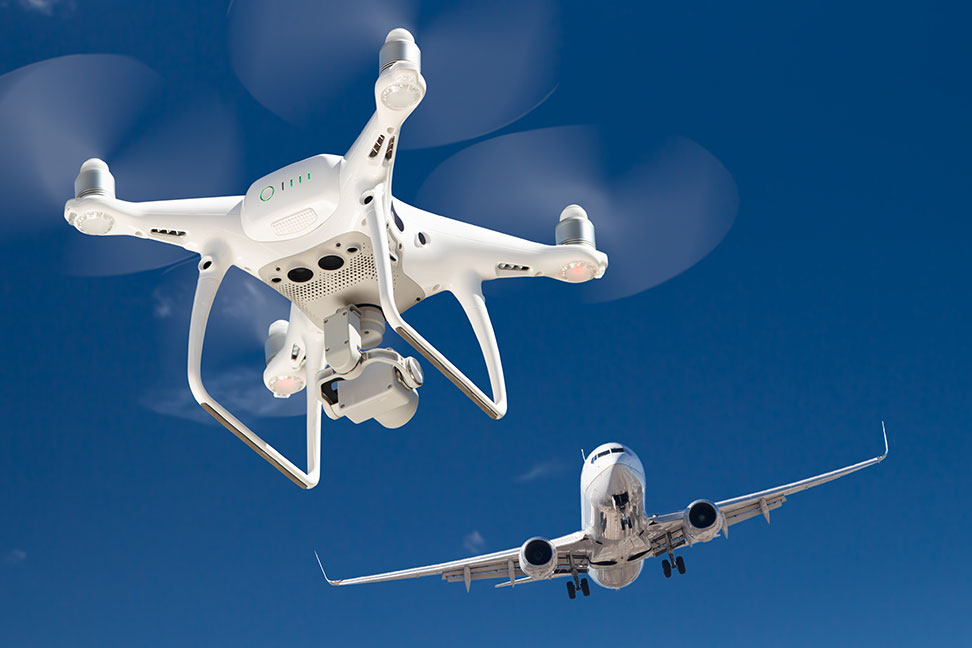Approximately 400,000 privately piloted drones are operated in German airspace. Accidental collisions with an aircraft or a rotorcraft are deemed inevitable.



Silence at Gatwick Airport
During December 2018, there is remarkable silence at Gatwick Airport, one of the ten largest airports in Europe. What had happened? After several sightings of drones near the airfield, air traffic was suspended for two days. How dangerous are privately piloted drones for aircraft and rotorcraft? Researchers at Fraunhofer EMI are trying to answer this question within the project RumTrain, which is funded by the Federal Ministry for Economics and Climate Action.
Initial results
In comparison to birds, for which the threat to airborne structures is well-known and considered during the design phase, drones are characterized by higher strength and stiffness due to the individual components (for example batteries, motor, cameras). Therefore, for a collision scenario, drones cause higher damage. In order to evaluate potential damage caused by drones, several components of the commercially available drone DJI Mavic 2 Zoom were characterized under quasi-static and dynamic loading conditions.
The first results indicate, that amongst the selected components of the drone (battery, motors, camera), the battery poses the highest threat for aviation due to the combination of high mass and stiffness. Futurework is therefore going to focus on predictive modeling of the behavior of batteries